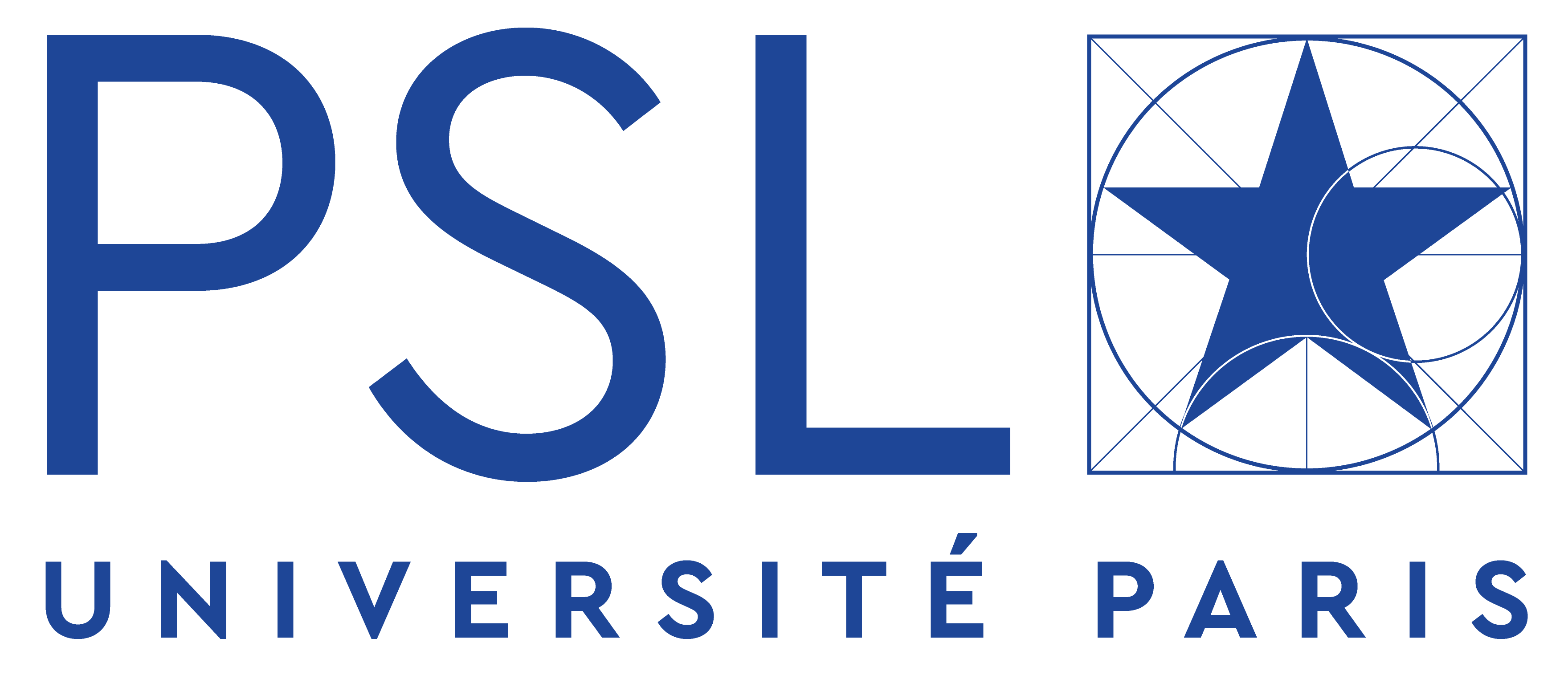Type of position : Master’s internship (plus funded PhD possible)
Supervisors : Ignacio Izeddin (![]() ) and Dominique Bourgeois (
) and Dominique Bourgeois (![]() )
)
Collaboration between the Institut Langevin, ESPCI Paris, CNRS, Université PSL, 1 rue Jussieu, 75005 Paris and the Institut de Biologie Structurale (IBS), Université Grenoble Alpes, 71 Av. des martyrs, 38000 Grenoble
Internship Context and Objectives : The Institut Langevin has recently demonstrated the significant benefits of event-based sensors in single-molecule localization microscopy (SMLM) super-resolution imaging. Surpassing the performance of traditional scientific cameras, these sensors expand the horizons of temporal resolution in SMLM [1]. Event-based sensors, inspired by the human eye, are characterized by their asynchronous and independent pixels, which detect changes in brightness with high temporal precision. Thus, the EveSMLM technique (event-based SMLM) notably allows for capturing detailed profiles of intensity fluctuations and blinking of each observed molecule. This internship focuses on exploring the EveSMLM technique for studying the photophysics of photoconvertible fluorescent proteins.
Dominique Bourgeois’s team at the Institute of Structural Biology in Grenoble is interested in the complex photophysics of phototransformable fluorescent proteins (PTFPs) commonly used in SMLM [2]. Several non-fluorescent states with short lifetimes (< 10 ms) are suspected in these fluorescent proteins, drastically reducing their apparent brightness and photostability. This project aims to establish an experimental method to detect these dark states using the Eve-SMLM technique, particularly the triplet state (T1) of the mEos4b protein.

- Temporal profiles of events from two Alexa Fluor 647 fluorescent molecules. The molecule on the left turns on (ON) then off (OFF). In contrast, the molecule on the right exhibits complex behavior, with a series of blinking cycles.
Long-term Objective : Beyond this internship, the goal is to understand the photophysics of photoconvertible fluorescent proteins to 1) develop new probes, 2) develop new illumination sequences to increase the brightness and photostability of these fluorescent proteins in SMLM, 3) leverage the characterization of blinking traces to probe the fluorophores’ environment in situ.
Intern Tasks : The intern will be responsible for : 1) functionalizing slides and preparing samples of PTFPs for microscopic observation ; 2) conducting Eve-SMLM experiments with in vitro samples and possibly biological samples ; 3) characterizing the event-based sensor and developing a temporal deconvolution algorithm, allowing for the detection of fluorescence state changes of the mEos4b protein with sub-ms temporal resolution.
The majority of the internship will take place at the Institut Langevin in Paris, with interactions and a visit to the IBS in Grenoble. A satisfactory course could lead to a thesis within the framework of this collaborative project.
[1] C. Cabriel, T. Monfort, C.G. Specht, and I. Izeddin. Event-based vision sensor for fast and dense single-molecule localization microscopy. Nat. Photon. 17, 1105–1113 (2023). https://doi.org/10.1038/s41566-023-01308-8
[2] E. de Zitter, D. Thédié, V. Mönkemöller, S. Hugelier, J. Beaudouin, V. Adam, M. Byrdin, L. Van Meervelt, P. Dedecker & D. Bourgeois, “Mechanistic investigation of mEos4b suggests a strategy to reduce track interruptions in sptPALM”, Nature Meth., (2019) 16, 707-710










